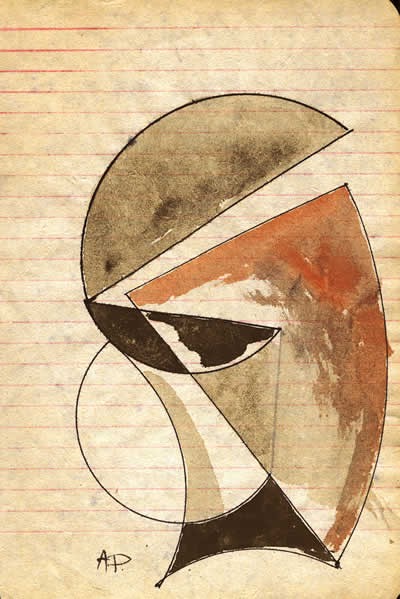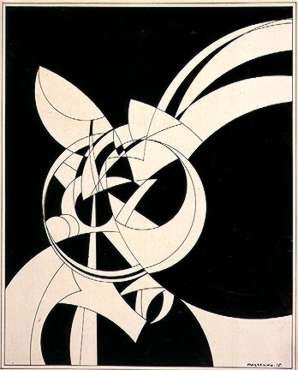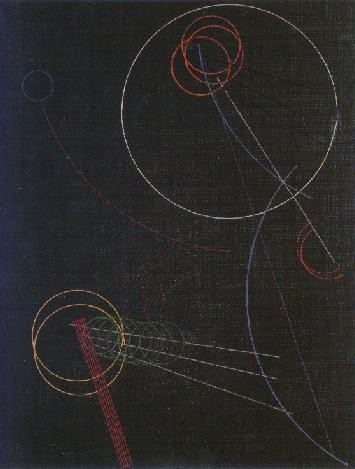Alexander Rodchenko Александр Михайлович Родченко (1891-1956)
Get a Rodchenko Certificate of Authenticity for your painting or a COA for your Rodchenko drawing or sculpture.
For all your Rodchenko artworks you need a Certificate of Authenticity in order to sell, to insure or to donate for a tax deduction.
How to get a Rodchenko Certificate of Authenticity is easy. Just send us photos and dimensions and tell us what you know about the origin or history of your Rodchenko painting, drawing or sculpture.
If you want to sell your Rodchenko painting, drawing or sculpture use our selling services. We offer Rodchenko selling help, selling advice, private treaty sales and full brokerage.
We have been authenticating Rodchenko and issuing certificates of authenticity since 2002. We are recognized Rodchenko experts and Rodchenko certified appraisers. We issue COAs and appraisals for all Rodchenko artworks.
Our Rodchenko paintings, drawings and sculptures authentications are accepted and respected worldwide.
Each COA is backed by in-depth research and analysis authentication reports.
The Rodchenkocertificates of authenticity we issue are based on solid, reliable and fully referenced art investigations, authentication research, analytical work and forensicstudies.
We are available to examine your Rodchenko painting, drawing or sculpture anywhere in the world.
You will generally receive your certificates of authenticity and authentication report within two weeks. Some complicated cases with difficult to research Rodchenko paintings, drawings or sculpture take longer.
Our clients include Rodchenko collectors, investors, tax authorities, insurance adjusters, appraisers, valuers, auctioneers, Federal agencies and many law firms.
We perform Alexander Rodchenko art authentication, appraisal, certificates of authenticity (COA), analysis, research, scientific tests, full art authentications. We will help you sell your Alexander Rodchenko or we will sell it for you.

Alexander Rodchenko was a Russian artist, sculptor and photographer. He was one of the founders of constructivism and Russian design; he was married to the artist Varvara Stepanova.

Rodchenko was one of the most versatile Constructivist and Productivist artists to emerge after the Russian Revolution. He worked as a painter and graphic designer before turning to photomontage and photography. His photography was socially engaged, formally innovative, and opposed to a painterly aesthetic. Concerned with the need for analytical-documentary photo series, he often shot his subjects from odd angles – usually high above or below – to shock the viewer and to postpone recognition. He wrote: “One has to take several different shots of a subject, from different points of view and in different situations, as if one examined it in the round rather than looked through the same key-hole again and again.”

Rodchenko was born in St. Petersburg to a working class family. His family moved to Kazan in 1902 and he studied at the Kazan School of Art under Nikolai Feshin and Georgii Medvedev, and at the Stroganov Institute in Moscow. He made his first abstract drawings, influenced by the Suprematism of Kazimir Malevich, in 1915. The following year, he participated in “The Store” exhibition organized by Vladimir Tatlin, who was another formative influence in his development as an artist.

Rodchenko was appointed Director of the Museum Bureau and Purchasing Fund by the Bolshevik Government in 1920. He was responsible for the reorganization of art schools and museums. He taught from 1920 to 1930 at the Higher Technical-Artistic Studios (VKhUTEMAS/VKhUTEIN). In 1921 he became a member of the Productivist group, which advocated the incorporation of art into everyday life. He gave up painting in order to concentrate on graphic design for posters, books, and films. He was deeply influenced by the ideas and practice of the filmmaker Dziga Vertov, with whom he worked intensively in 1922.

Impressed by the photomontage of the German Dadaists, Rodchenko began his own experiments in the medium, first employing found images in 1923, and from 1924 on shooting his own photographs as well. His first published photomontage illustrated Mayakovsky’s poem, “About This,” in 1923. From 1923 to 1928 Rodchenko collaborated closely with Mayakovsky (of whom he took several striking portraits) on the design and layout of LEF and Novy LEF, the publications of Constructivist artists. Many of his photographs appeared in or were used as covers for these journals. His images eliminated unnecessary detail, emphasized dynamic diagonal composition, and were concerned with the placement and movement of objects in space.

Throughout the 1920s Rodchenko’s work was abstract often to the point of being non-figurative. In the 1930s, with the changing Party guidelines governing artistic practice, he concentrated on sports photography and images of parades and other choreographed movements. Rodchenko joined the October circle of artists in 1928 but was expelled three years later being charged with “formalism.” He returned to painting in the late 1930s, stopped photographing in 1942, and produced abstract expressionist works in the 1940s. He continued to organize photography exhibitions for the government during these years. He died in Moscow in 1956.

Still wondering about a 20th century Russian painting in your family collection? Contact us…it could be by Alexander Rodchenko.
Reviews
1,217 global ratings
5 Star
4 Star
3 Star
2 Star
1 Star
Your evaluation is very important to us. Thank you.
